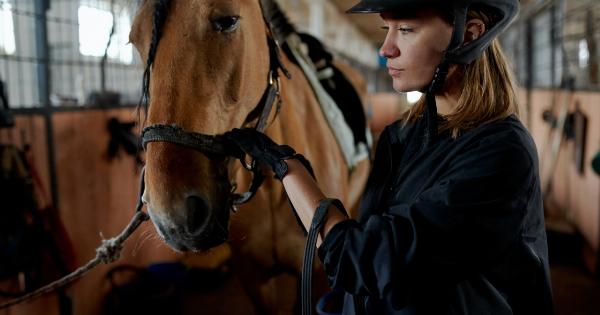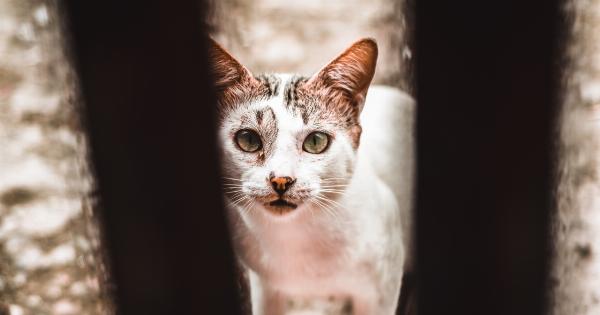Animal abuse is an act of cruelty that can take many forms, including neglect, torture, and killing. It is a serious problem that affects animals across the world with millions of animals enduring abuse each year.
Studies show that people who abuse animals are more likely to be involved in other forms of violence, including domestic violence, child abuse, and even homicide. Animal abuse is a predictor of future violence, and it is important to understand the mindset of the perpetrators to prevent this behavior.
What Drives People to Abuse Animals?
There is no one-size-fits-all answer to this question. Every case of animal abuse is unique, and the factors that lead a person to abuse animals can vary widely. However, there are some common factors that tend to drive people to engage in this behavior.
Psychological Disturbances and Mental Health Issues
One of the most common factors that drive people to abuse animals is psychological disturbances or mental health issues. For many people who abuse animals, their behavior is an outlet for their frustrations and emotional unrest.
They may use animal abuse as a way to cope with anxiety, depression, and other mental health issues. In some cases, they may also be experiencing a personality disorder, such as narcissism or sociopathy.
Desensitization to Violence
Another factor that drives people to abuse animals is desensitization to violence. Exposure to violent media, whether in the form of video games, movies, or news coverage, can desensitize people to the suffering and pain of others.
This desensitization can make it easier for people to engage in acts of cruelty and violence, including animal abuse.
Self-Empowerment and Control
Some people abuse animals as a way of asserting their power and control over other living beings. Animal abuse can be a way for someone to feel more powerful and in control of their own life.
In some cases, it may even be a form of sadism, where the perpetrator takes pleasure in the pain and suffering of animals.
The Predictive Value of Animal Abuse
Animal abuse is a strong predictor of future violent behavior. Research shows that people who abuse animals are more likely to be involved in other forms of violence, including domestic violence, child abuse, and even homicide.
Those who engage in animal abuse at a young age have a higher risk of becoming violent criminals later in life. Children who abuse animals are also more likely to struggle with substance abuse and have juvenile criminal records.
The Impact of Animal Abuse on Society and the Environment
Animal abuse has a profound impact on both society and the environment. It has an impact on the emotional well-being of both the animals and the people who witness it.
Animal abuse also contributes to environmental degradation and can destroy entire ecosystems. For example, the poaching of elephants for their ivory tusks puts the entire elephant population at risk and can have a ripple effect on other species that share their habitat.
How to Address Animal Abuse
Addressing animal abuse requires a multi-pronged approach that involves both prevention and intervention.
Prevention efforts should be focused on educating the public about the dangers of animal abuse and the link between animal abuse and other forms of violence. Intervention efforts should focus on identifying and rehabilitating animal abusers before they commit more serious crimes. This can involve therapy, substance abuse treatment, and other forms of counseling and support.
Conclusion
Animal abuse is a serious problem that affects animals across the world. It is important to understand the mindset of the perpetrators to prevent this behavior from continuing.
Psychological disturbances, desensitization to violence, and self-empowerment and control are some of the factors that drive people to abuse animals. Animal abuse is a strong predictor of future violent behavior, so it is essential to address it early.
Prevention efforts should focus on educating the public, while intervention efforts should focus on rehabilitating perpetrators to prevent future crimes.




























